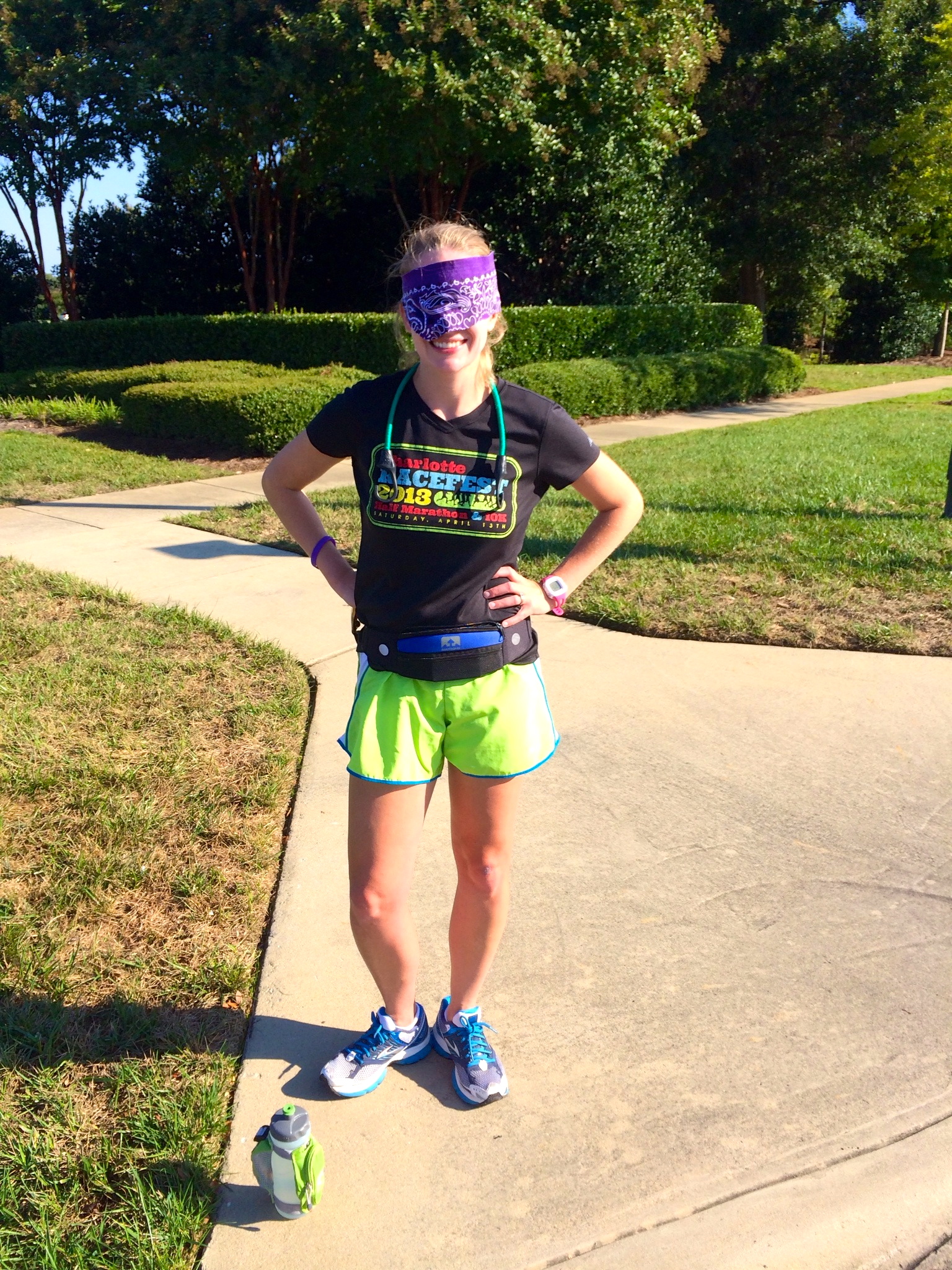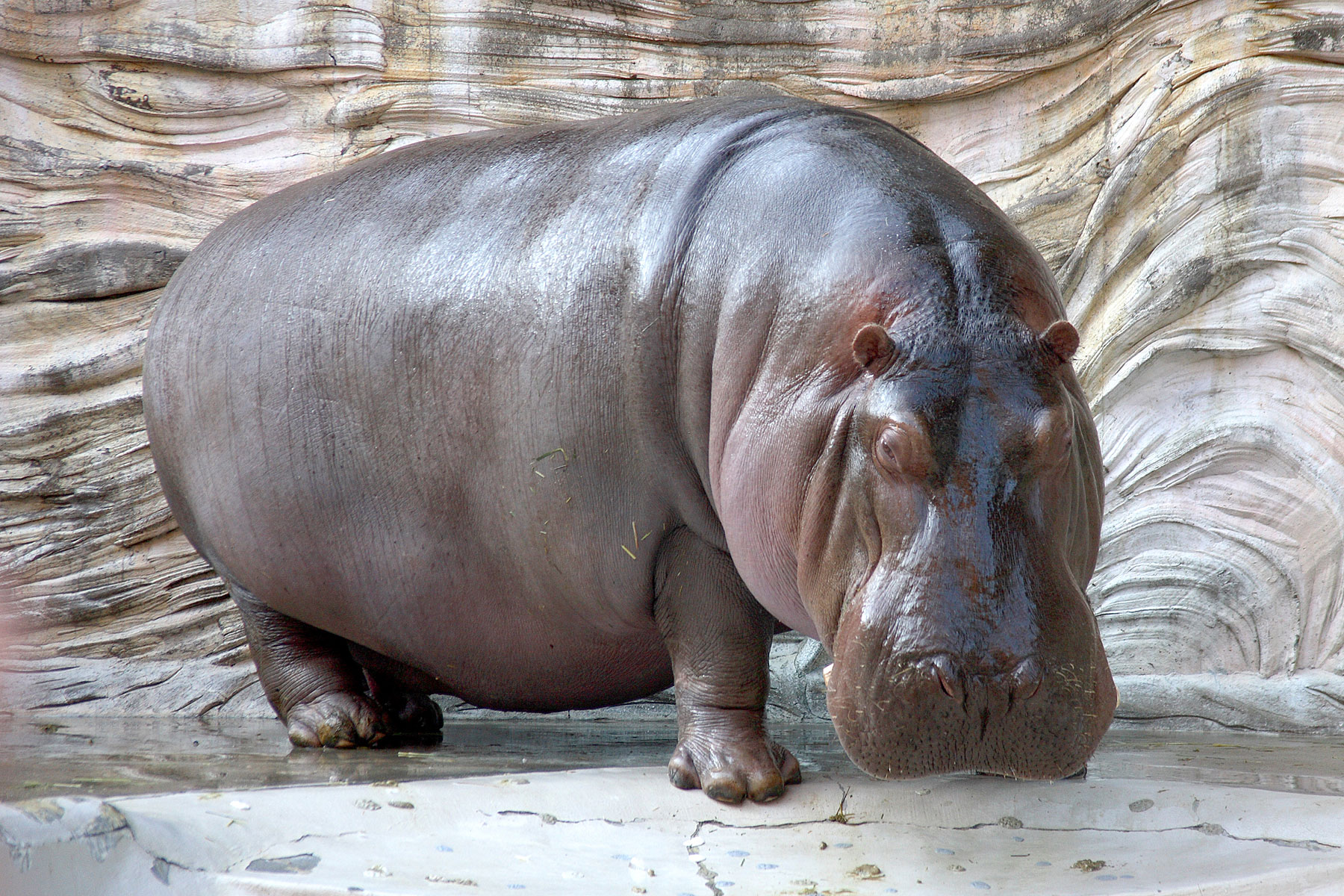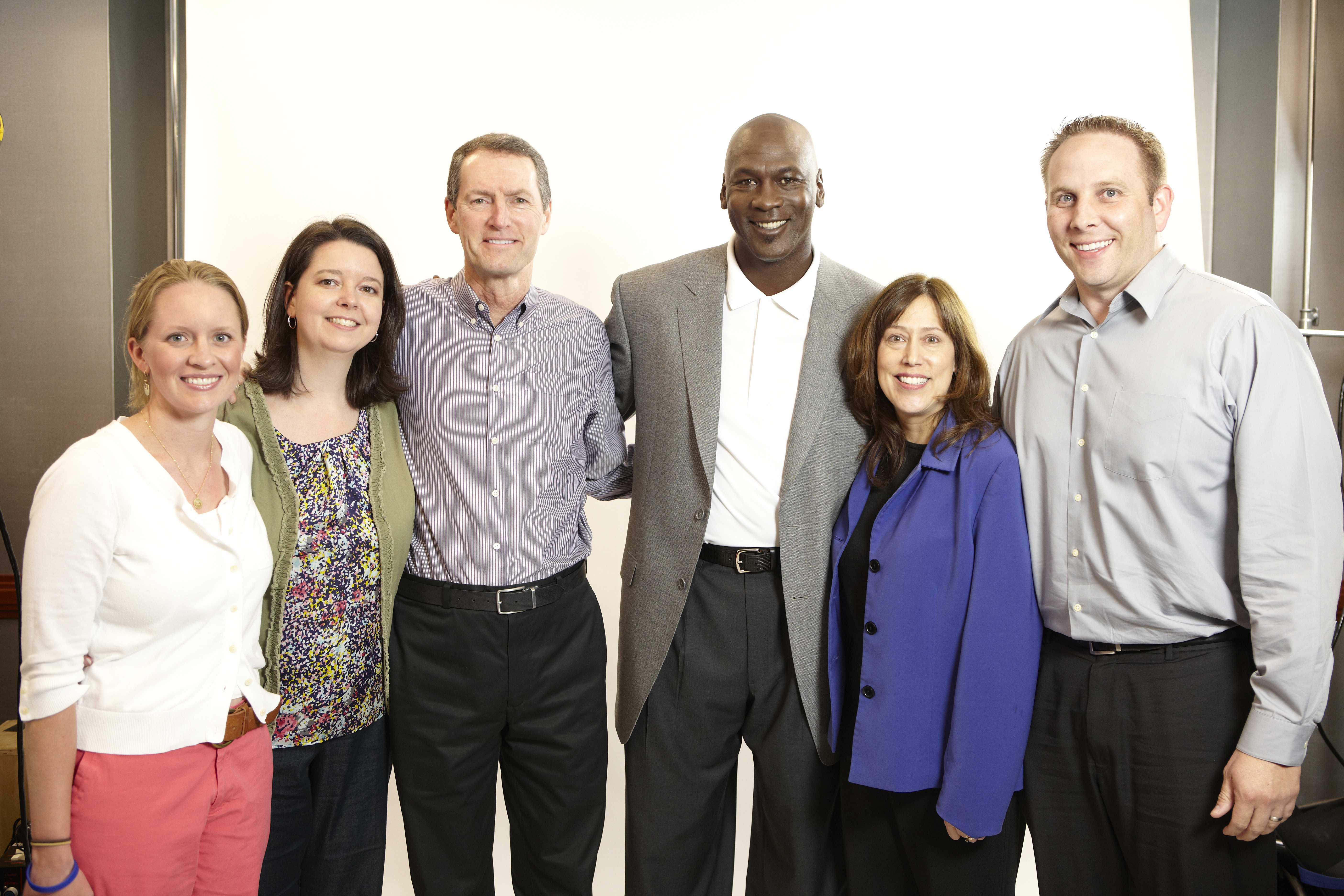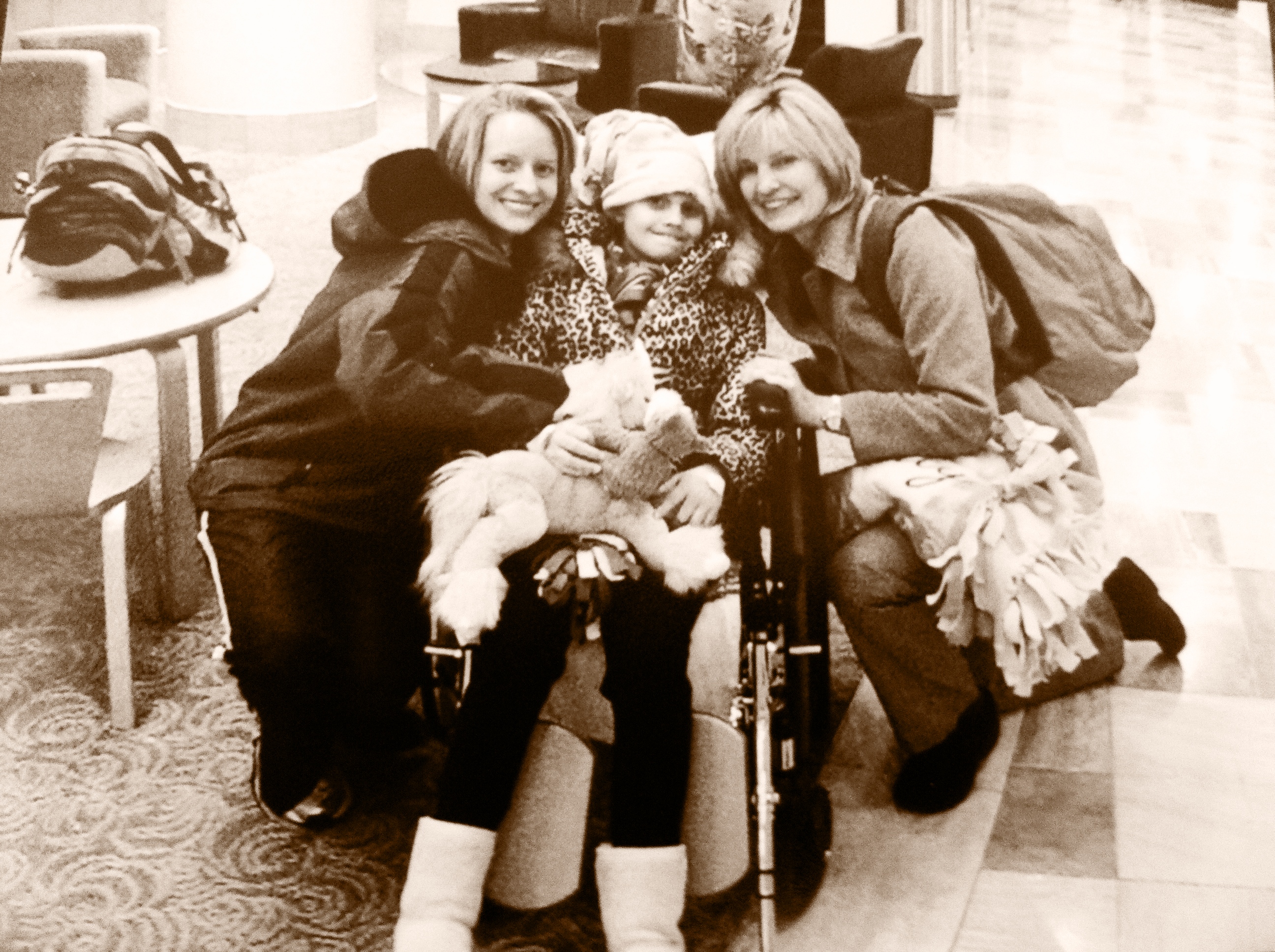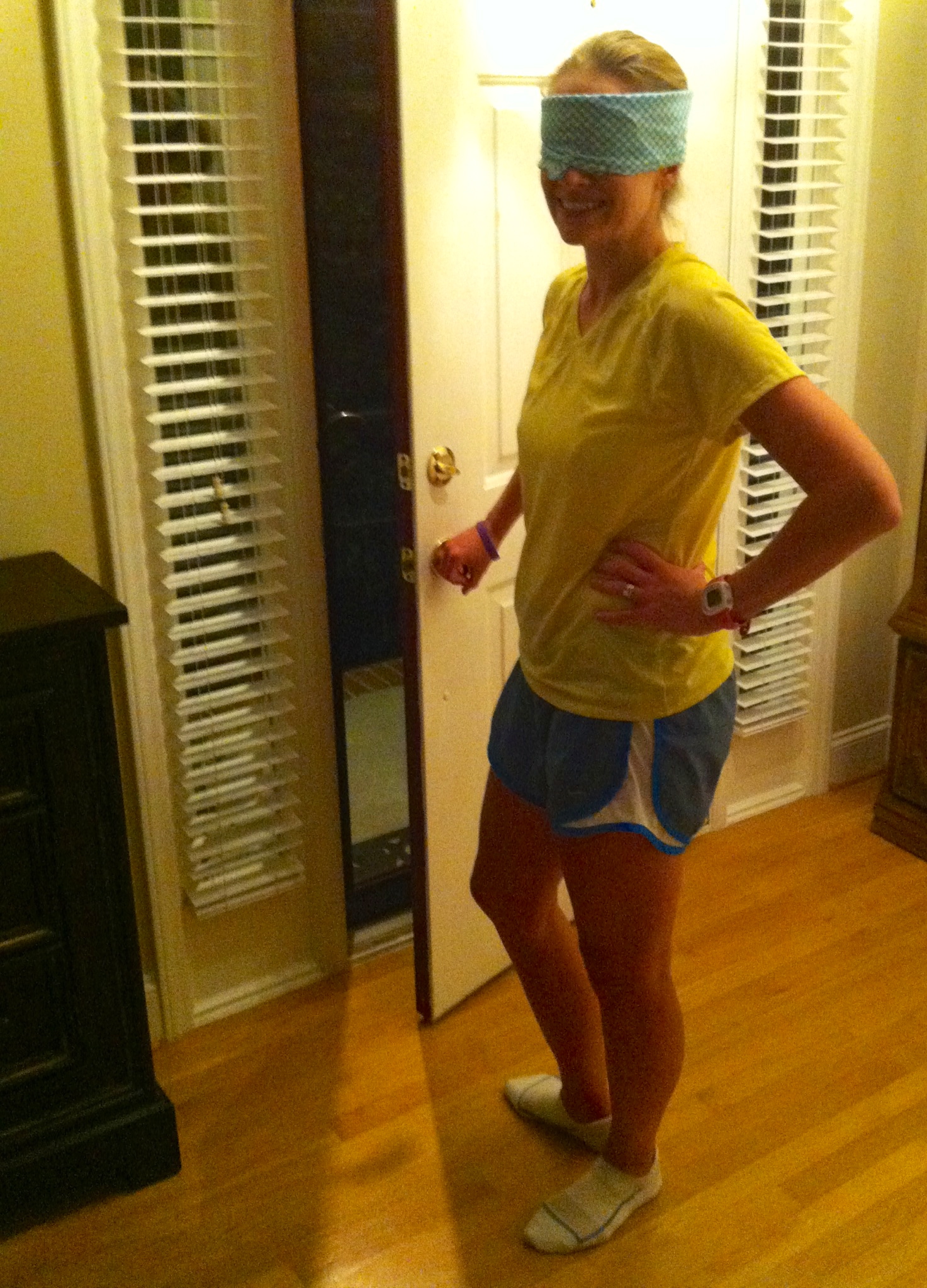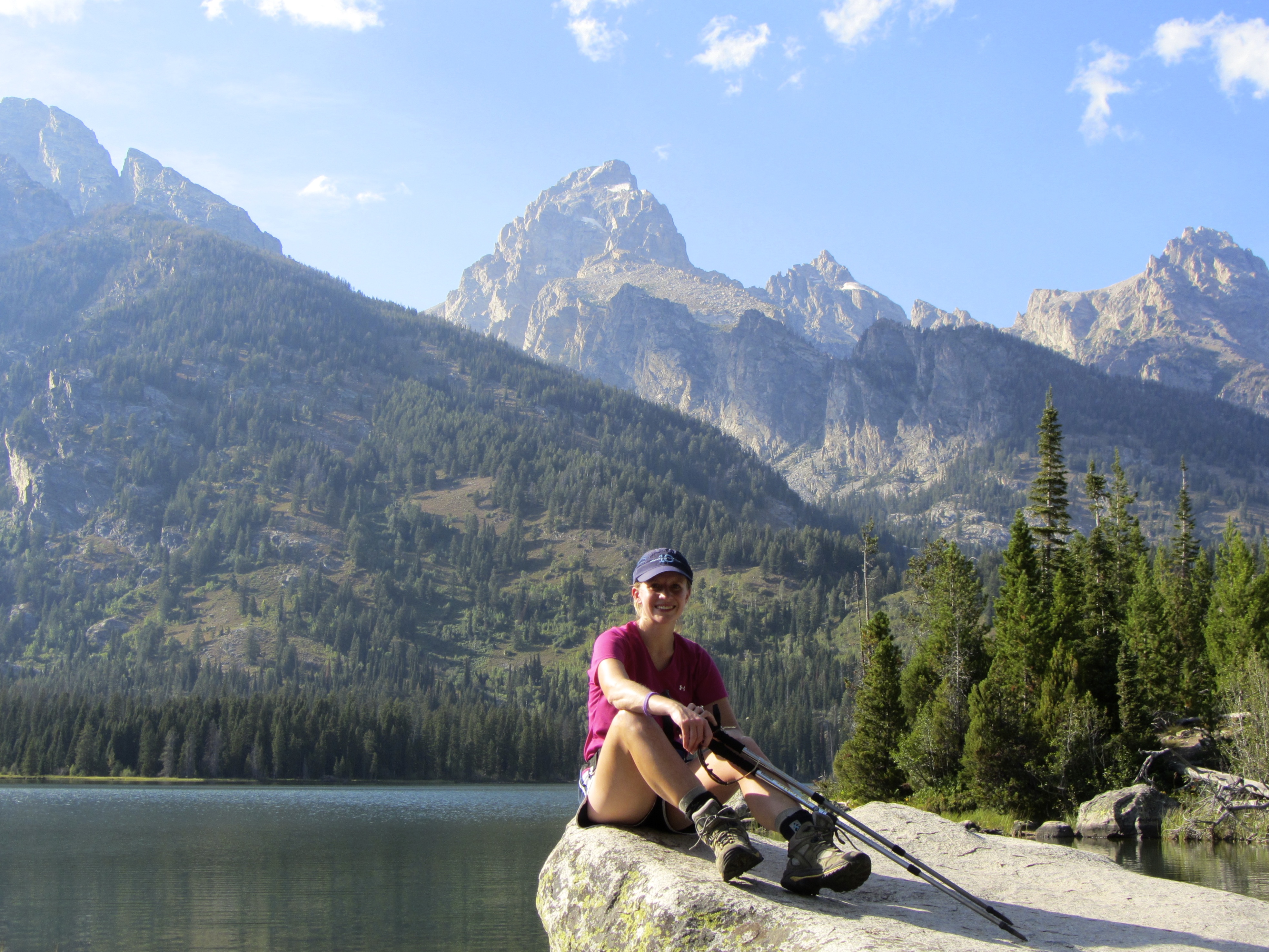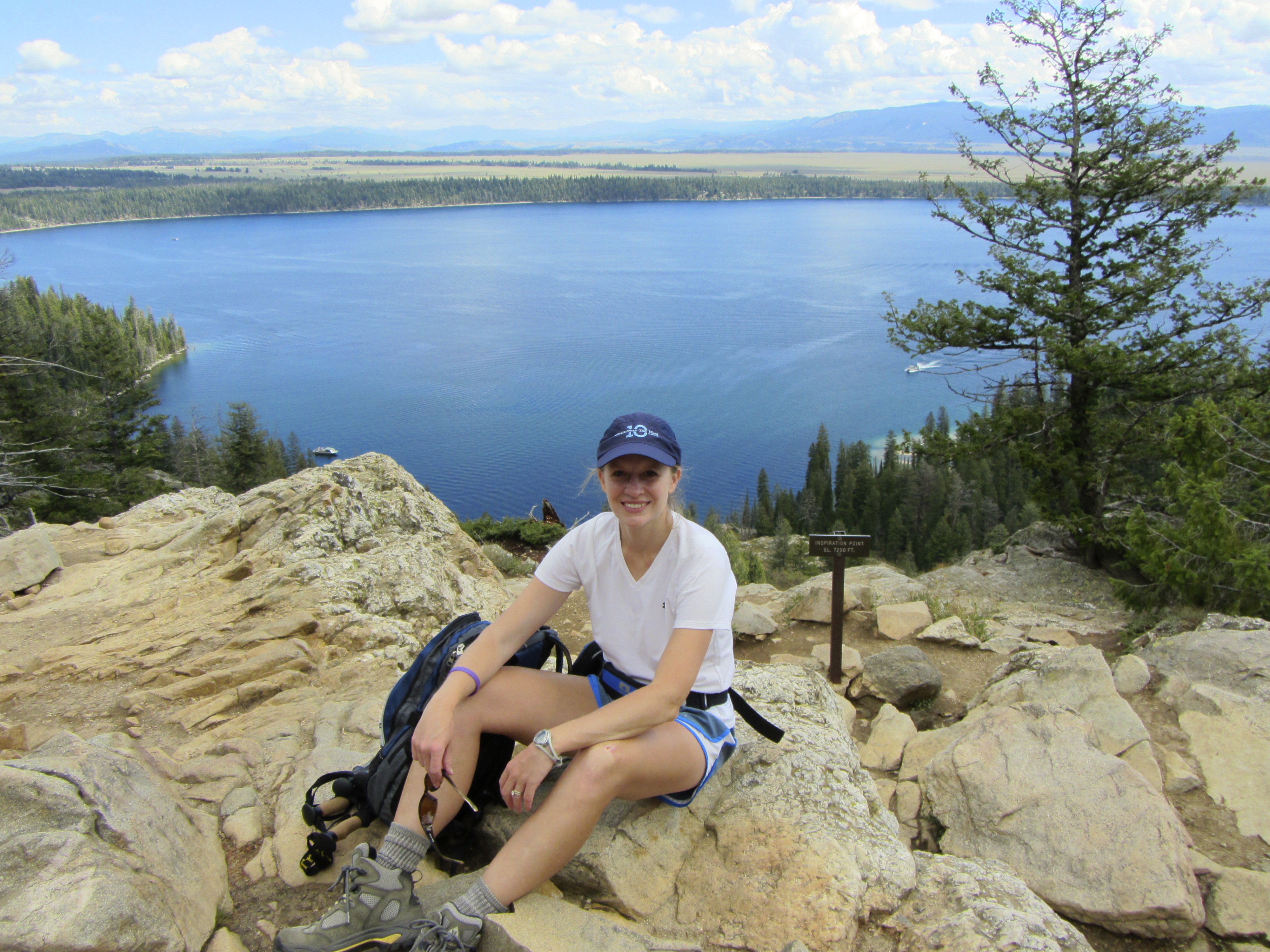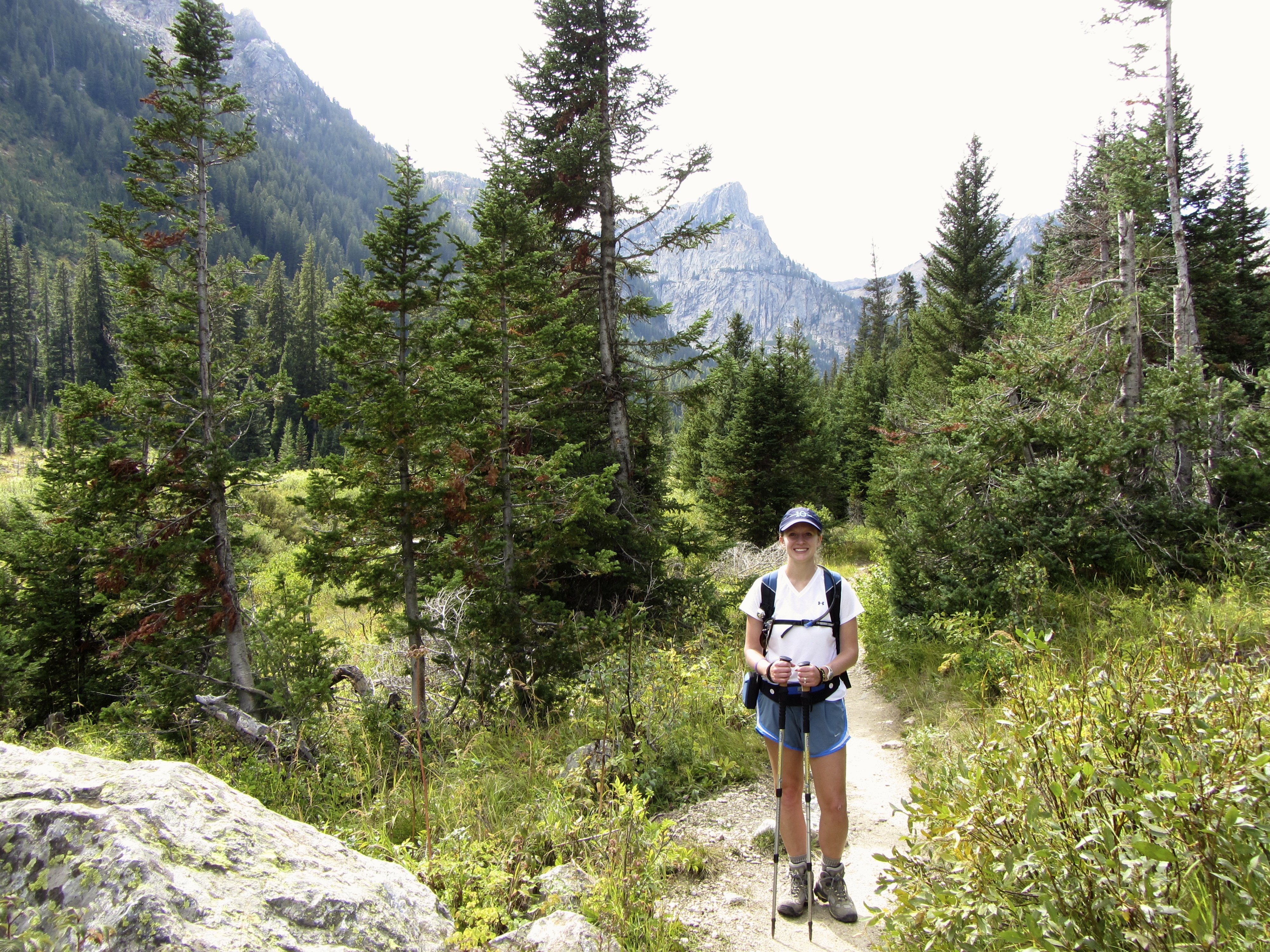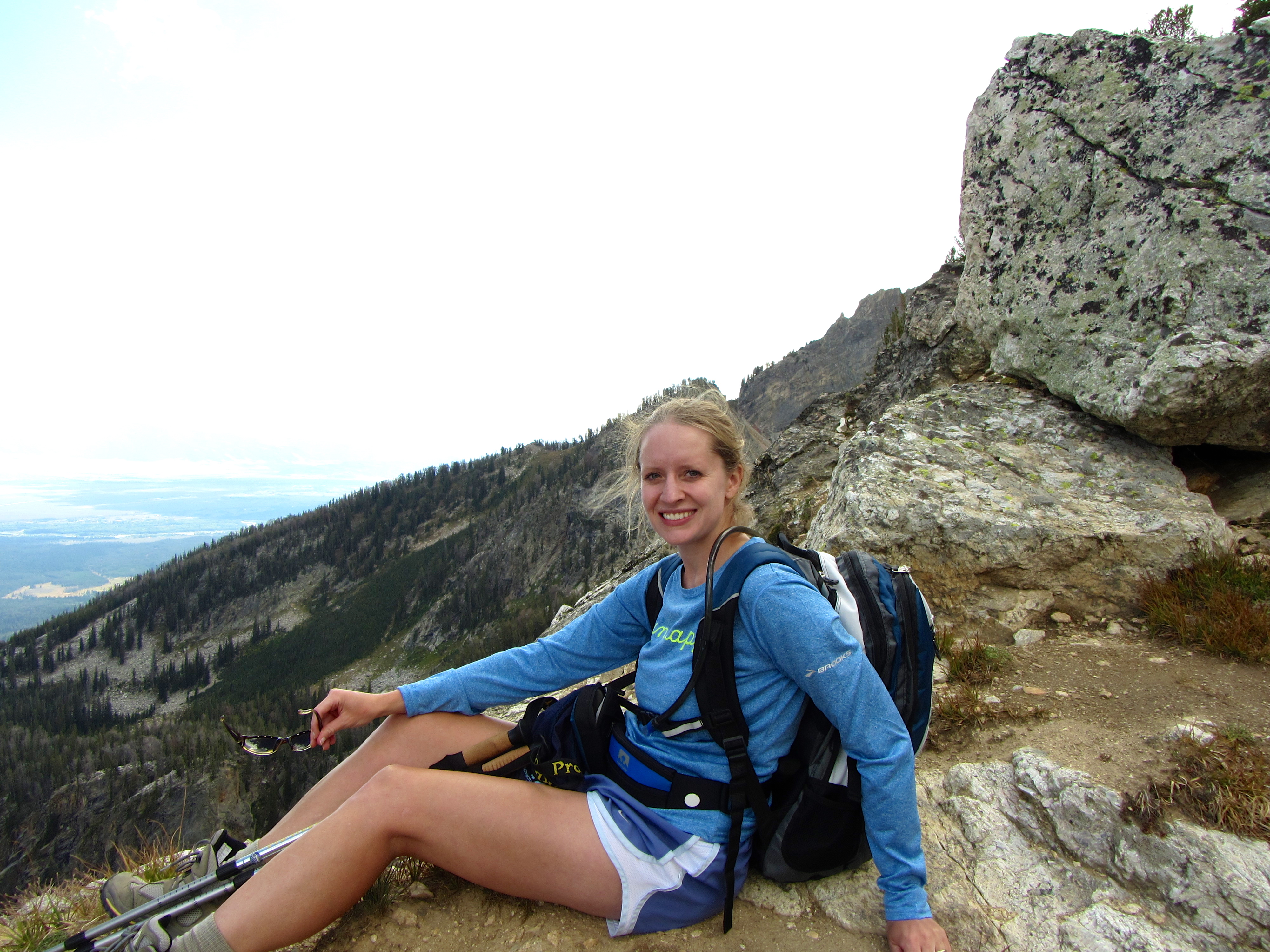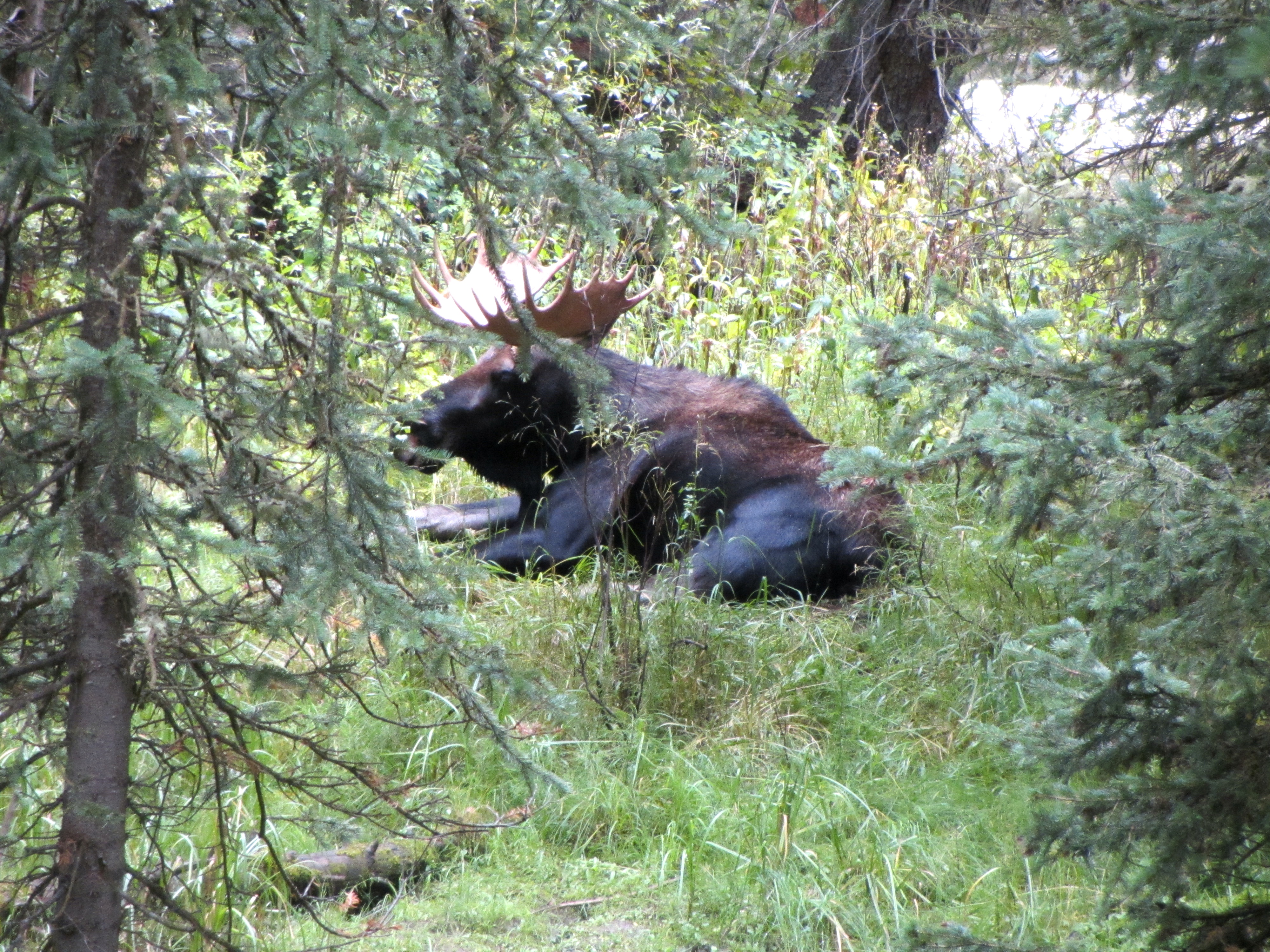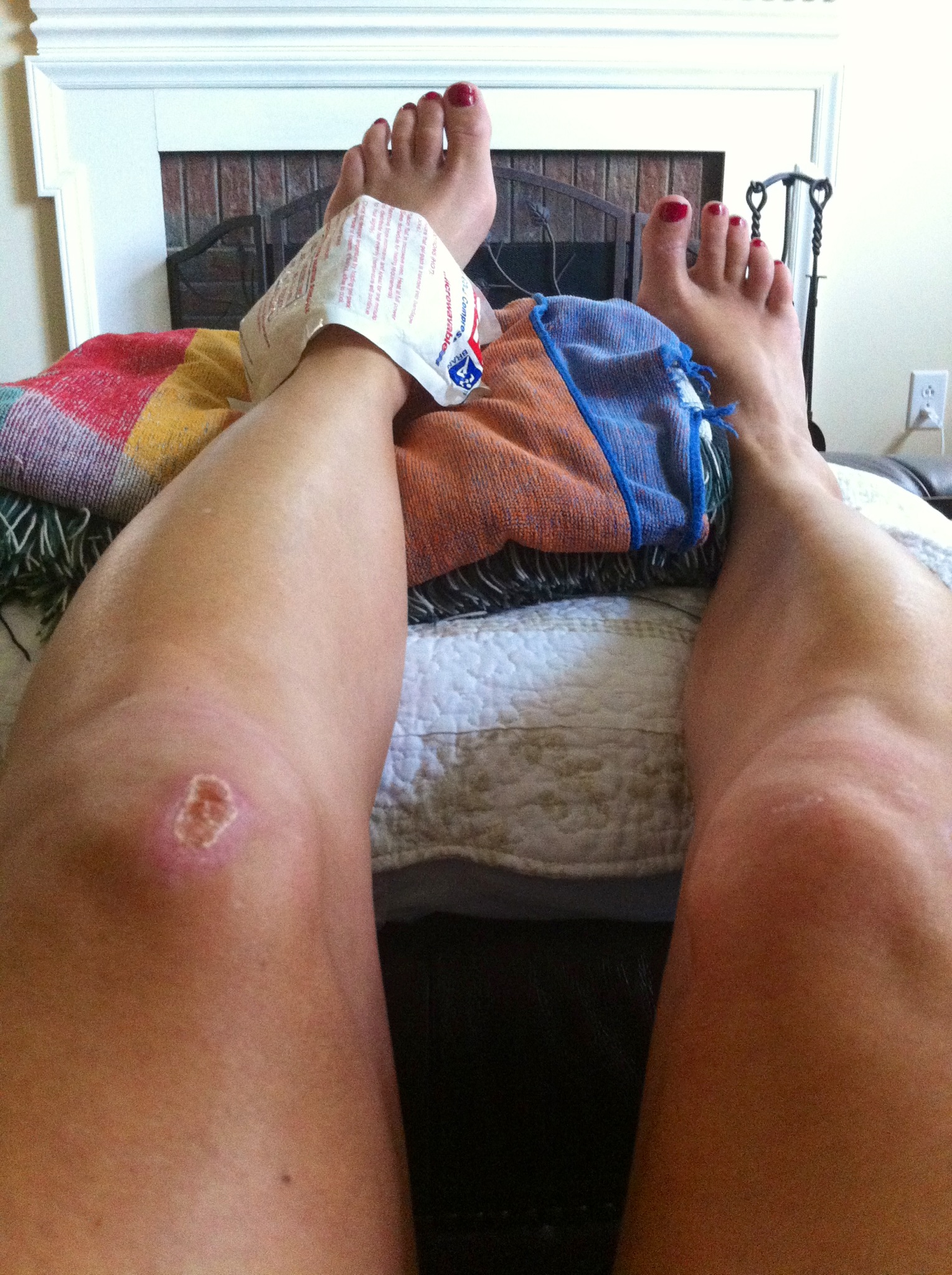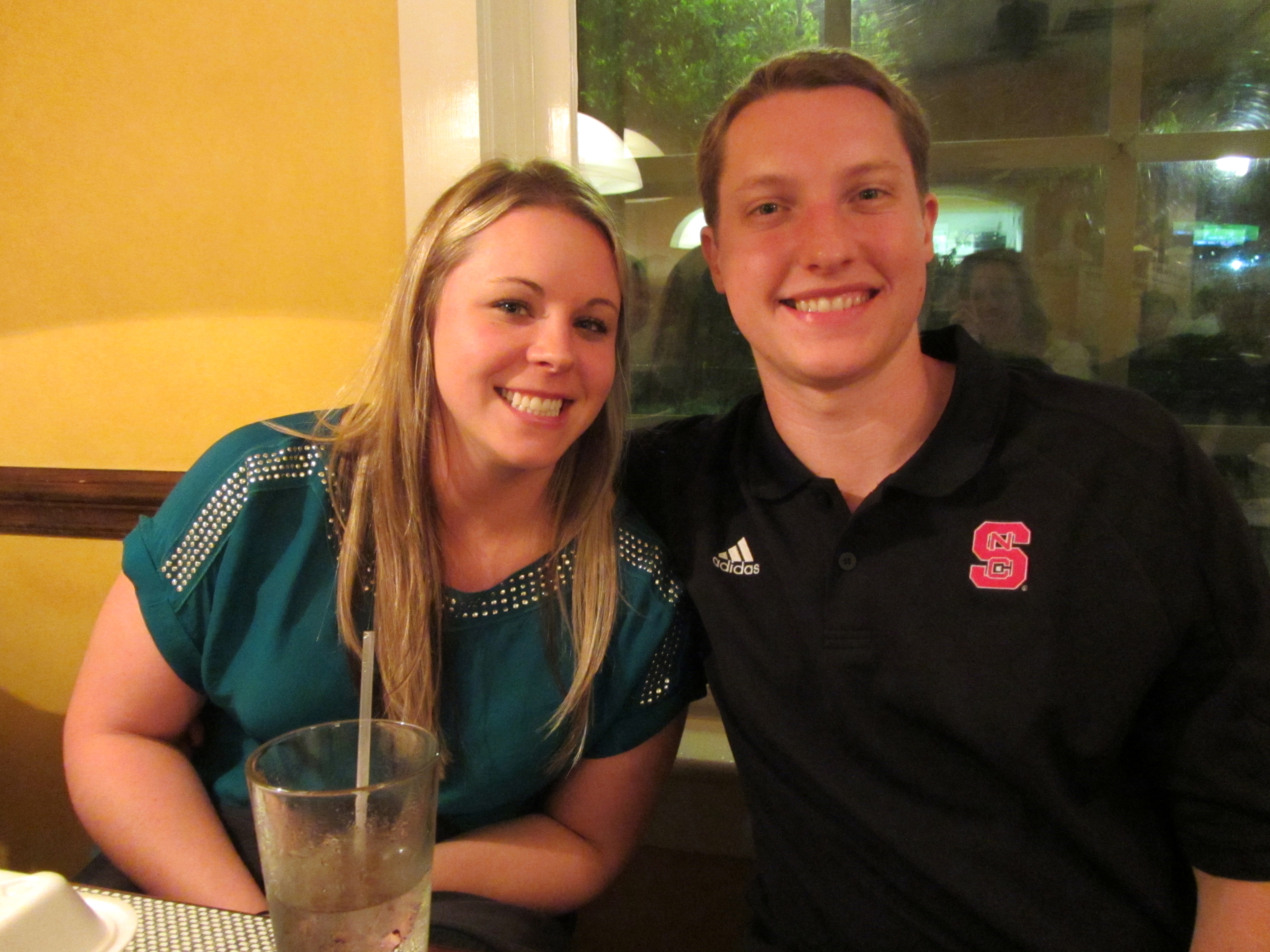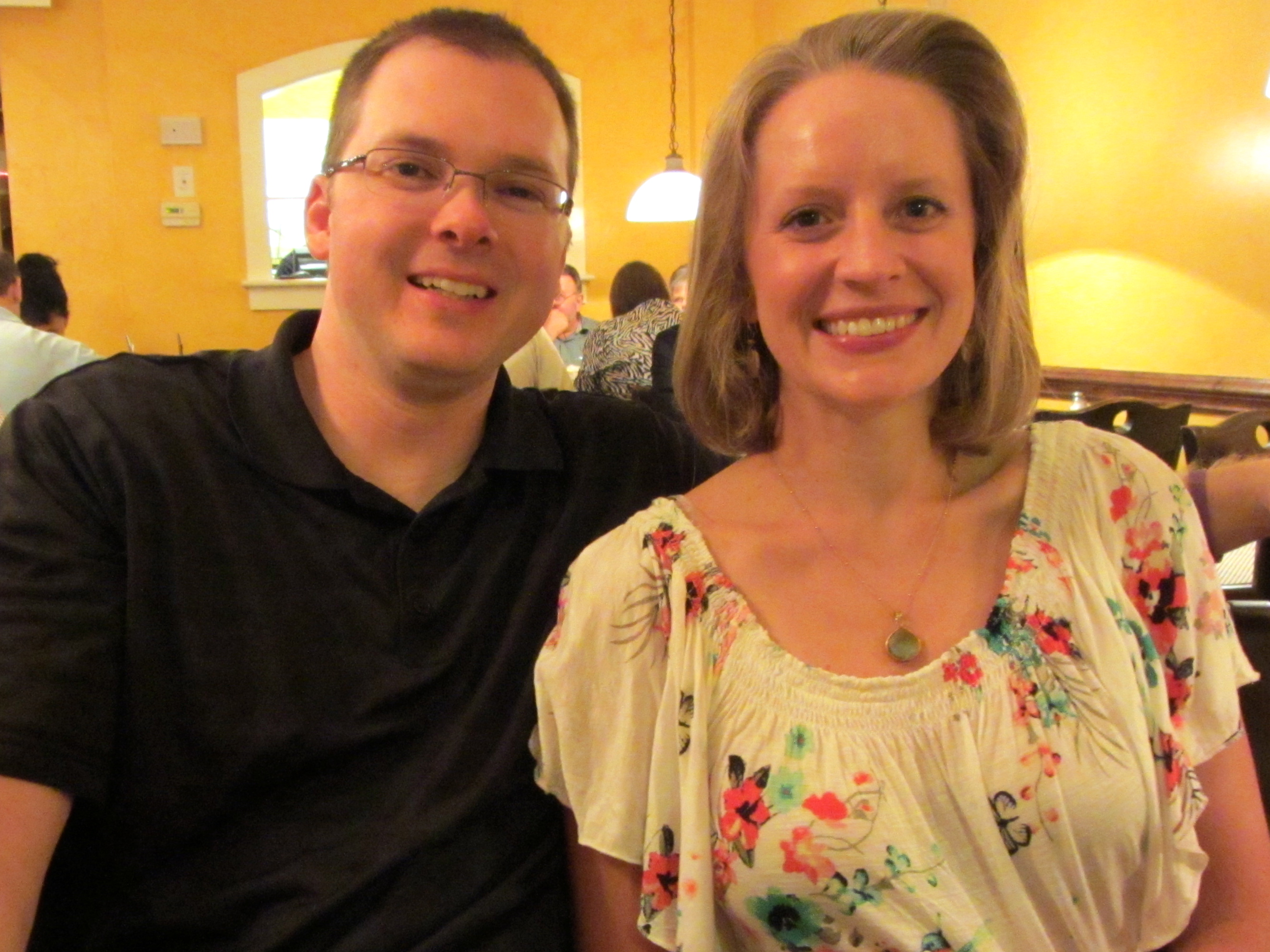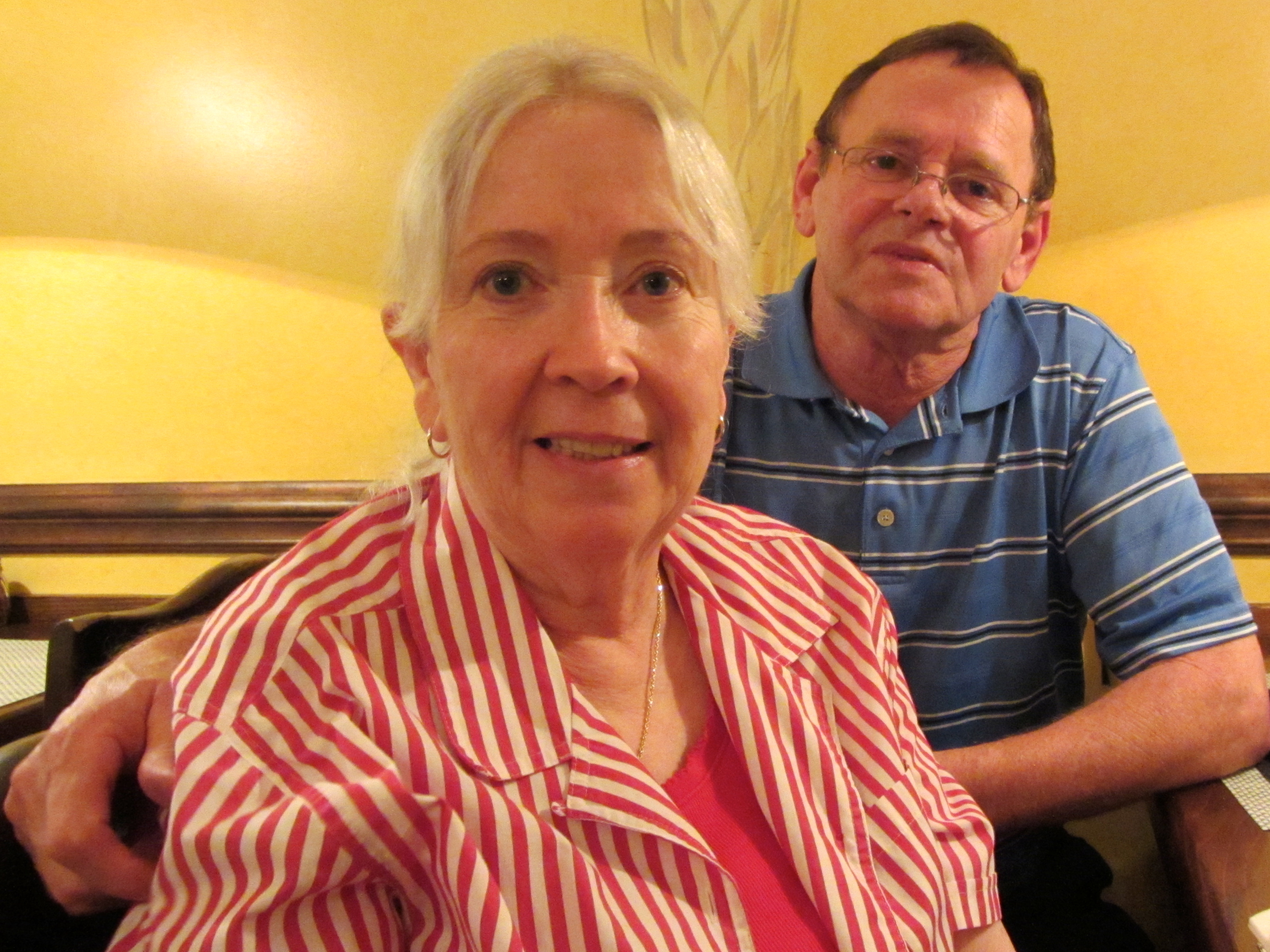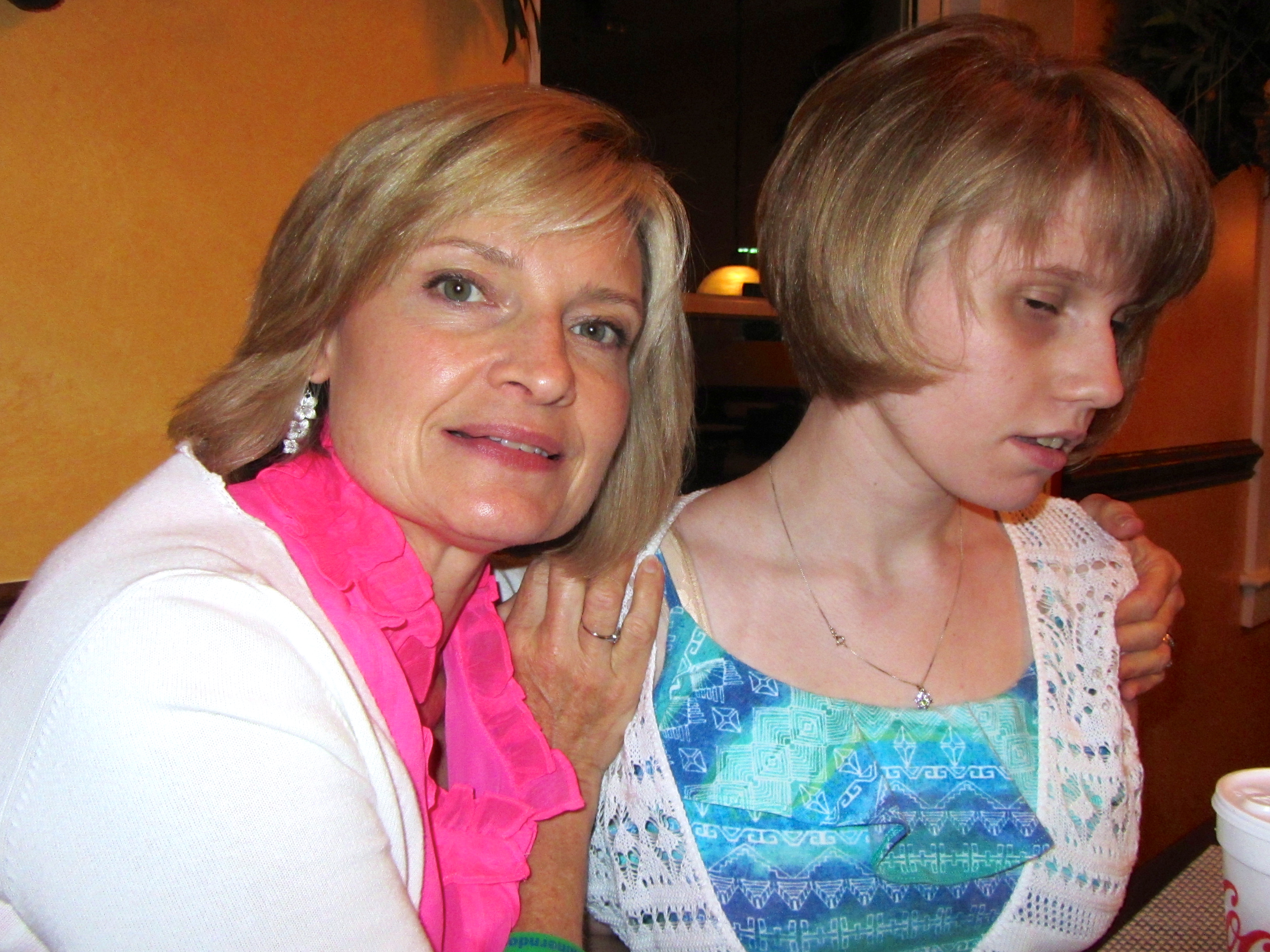Under the watchful eye of the crescent moon and several stray clouds a few minutes after 10 last night, I pulled a worn bandanna over my eyes, took one end of a short bungee cord and took off with my sighted guide at my side for blind training run number 13.
Andrew set an easy pace for our four-mile run; we never averaged better than a 9:02 mile (of course, I saved my best for last; it doesn’t make sense because I’m a natural sprinter, but I get faster as I go). For the first time, we also played it safe on all of the ankle-breaking obstacles, walking over the decorative stamped concrete strips and speed bumps. With the Thunder Road Half Marathon just about six weeks away, we didn’t want to risk another ankle injury.
I can’t see shapes or colors through either of the “blindfolds” I’ve used for training, but at night, flashing traffic signals, bright headlights and even the light from some street lamps penetrate the thin fabric. Last night, I made out a street light about halfway through our run and figured out our location in relation to my house.
Batten disease is a degenerative disease. Everyone’s different, but what that means for Taylor is that she had all of her abilities and seemed healthy until about the first grade, and she didn’t have any physical problems until a year later, when she began to lose her night vision. She went blind over several years, losing first her night, then her central and finally her peripheral vision. I’ll never forget a moment outside a year-round Christmas shop on the South Carolina coast during a family vacation a few years after her diagnosis. When we walked by the shop, Taylor mentioned the “pretty Christmas lights,” stopping us all in our tracks. I don’t know if my sister ever saw the lights on her own Christmas tree again after that hot summer night at the beach. But when that glimmer of light darted into her shadowy world and brightened it, if only for a moment, it made my heart – if not my head – believe she had a very bright light waiting at the end of her twisted, dark tunnel.
“It made my heart – if not my head – believe she had a very bright light waiting at the end of her twisted, dark tunnel.”
My sister and I are not the same. I can still see flashing lights through thin fabric, and I can take off my makeshift blindfold whenever I want. Last week, I custom-ordered the thickest blindfold I could find; it should be here any day now. I’ll wear it at Thunder Road, because I want to run as my sister ran: in total darkness, with nothing but my guide and Taylor’s courage to lead me to the end. And when Andrew and I cross the finish line, I’ll rip off that blindfold, and I’ll take in the light with the two working eyes God gave me. Because I know tragedy, and it makes me want to fight that much harder to hold on to all the good that I have.
I will run the Thunder Road Half Marathon blindfolded to support gene therapy co-funded by Taylor’s Tale at the University of North Carolina Gene Therapy Center. Donations to this cause are 100 percent tax-deductible. To support my run and our fight to develop treatments for Batten disease and other genetic diseases, click here.
Join the Taylor’s Tale team at Thunder Road! Click here to register for the marathon, half marathon or 5K. On the second page of registration, under “Event Groups/Teams,” select “Taylor’s Tale” from the list under “Choose an Existing Group.” Run for us to help raise awareness on race day. Stay tuned for more details, including special shirts for team members and an informal post-race event!

